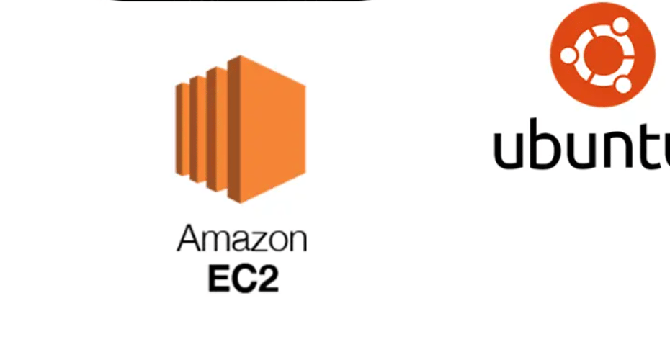Dev
3w
236

Image Credit: Dev
My Experience Setting Up NGINX on an Ubuntu Server in AWS - HNG DevOps
- As part of my DevOps Stage 0 assignment, I was tasked with setting up an NGINX web server on a fresh Ubuntu server hosted on AWS.
- The goal was to configure NGINX to serve a custom HTML page with a specific message and document my experience in a blog post.
- The task involved several key steps, each of which reinforced my understanding of cloud infrastructure and web server configuration.
- This task, though basic, aligns with my broader professional goals and contributes to my growth in several ways.
- Completing this NGINX configuration task was a rewarding experience that reinforced my foundational knowledge of cloud infrastructure, Linux administration, and web server configuration.
- While the task was relatively simple, it served as a reminder of the importance of mastering the basics before tackling more complex challenges.
- Working with Ubuntu reinforced my familiarity with Linux commands, package management, and file system navigation. These skills are essential for any DevOps engineer.
- Launching an EC2 instance and configuring security groups reminded me of the foundational principles of cloud computing, such as virtualization, networking, and security.
- Setting up a web server is a fundamental DevOps task. It reinforces the importance of understanding infrastructure as code, configuration management, and deployment pipelines.
- While I performed these steps manually, I recognized how tools like Ansible, Terraform, or AWS CloudFormation could automate this process, saving time and reducing human error.
Read Full Article
14 Likes
For uninterrupted reading, download the app